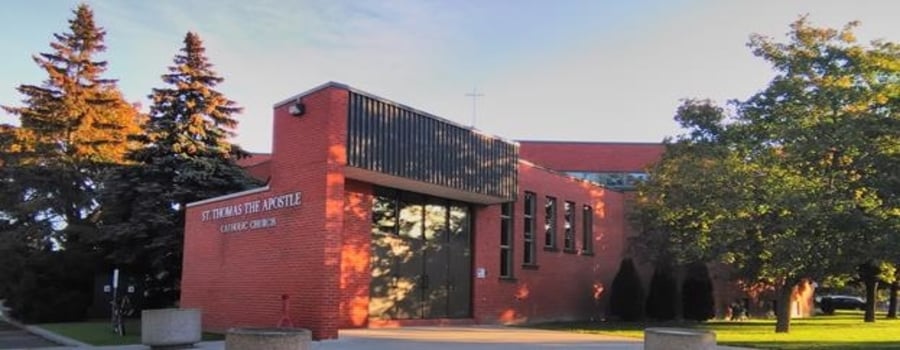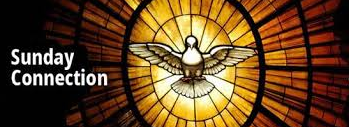- Home
- Our Community
- Our Faith
- Our Ministries
- Parish Life
- Bulletin
- Contact Us
- Search

Sunday Connection - SEVENTEENTH SUNDAY IN ORDINARY TIME – SUNDAY JULY 28, 2024
Gospel Reading: John 6:1-15
Jesus feeds the crowd of more than five thousand people with five barley loaves and two fish.
Through most of Lectionary Cycle B, our Sunday Gospel readings are taken from the Gospel of Mark. Over the past two Sundays, we heard how Jesus sent His disciples to share in His mission. If we were to continue reading Mark’s Gospel, we would next hear his report of how Jesus feeds the crowds in the miracle of the multiplication of the loaves and fishes. Our Lectionary, however, leaves Mark’s Gospel for the next several weeks and instead presents this event from the Gospel of John. In John’s Gospel, Jesus’ multiplication of the loaves and the fishes is presented as a sign of His authority and divinity. Jesus interprets the meaning and significance of this miracle as a sharing of His Body and Blood. This chapter is sometimes called the “Bread of Life Discourse.”
In many important ways, John’s Gospel uses the miracle of the multiplication of the loaves and fishes to teach about the Eucharist. Like the Last Supper, this miracle is said to have occurred near the time of the Jewish feast of Passover. (In John’s Gospel three Passovers are identified.) Jesus’ language is similar to the language He used at the Last Supper as reported in the Synoptic Gospels. John’s description of this event also anticipated the Messianic banquet of heaven, as the crowd reclines, and all hungers are satisfied with abundance. This connection is further amplified by the response of the crowd, who wants to make Jesus a King. John is teaching us that each time we celebrate the Eucharist, we are anticipating the eternal banquet of heaven.
Recall that John’s Gospel tells the story of the Last Supper differently than the Synoptic Gospels. Instead of describing the meal and Jesus’ actions with the bread and cup, John describes how Jesus washed His disciples’ feet. We hear this Gospel when we remember the Last Supper on Holy Thursday. This recollection of Jesus’ action at the Last Supper complements the institution narrative of the Synoptic Gospels and Paul’s Letters that we hear repeated at each Mass.
In both stories about the Eucharist – the washing of the disciples’ feet and the multiplication of the loaves and fishes – the Gospel of John teaches us that the Eucharist is an action. Our word Eucharist is taken from the Greek language and describes and action: “to give thanks,” In the Eucharist we are fed by Jesus Himself, and we are sent to serve others.
John’s Gospel notes the detail that the bread blessed and shared with the crowd are barley loaves. This is the food of the poor. It reminds us that God feeds and nourishes us, fulfilling our physical needs as well as our spiritual ones. In the Eucharist, we are sent to serve the poorest among us.
The story of the multiplication of the loaves and the fishes recalls a particular aspect of the Mass. In this miracle, Jesus transforms a young boy’s offering of five barley loaves and two fish. In the offertory at Mass, we present the fruits of our labours, represented by bread and wine. These gifts, given to us first by God as grain and fruit, are returned to God in our offering of thanksgiving. God in turn transforms our gifts, making this bread and wine the very Body and Blood of Jesus. We also offer ourselves in this exchange, and we, too, are transformed by the Eucharist.

